The hotter, the better! Grow these drought-tolerant hummingbird plants that will thrive in the summer heat.
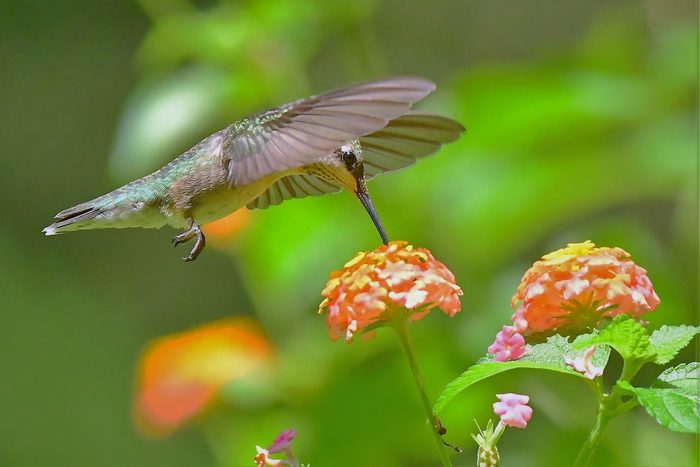
Top 10 Drought-Tolerant Hummingbird Plants That Like It Hot

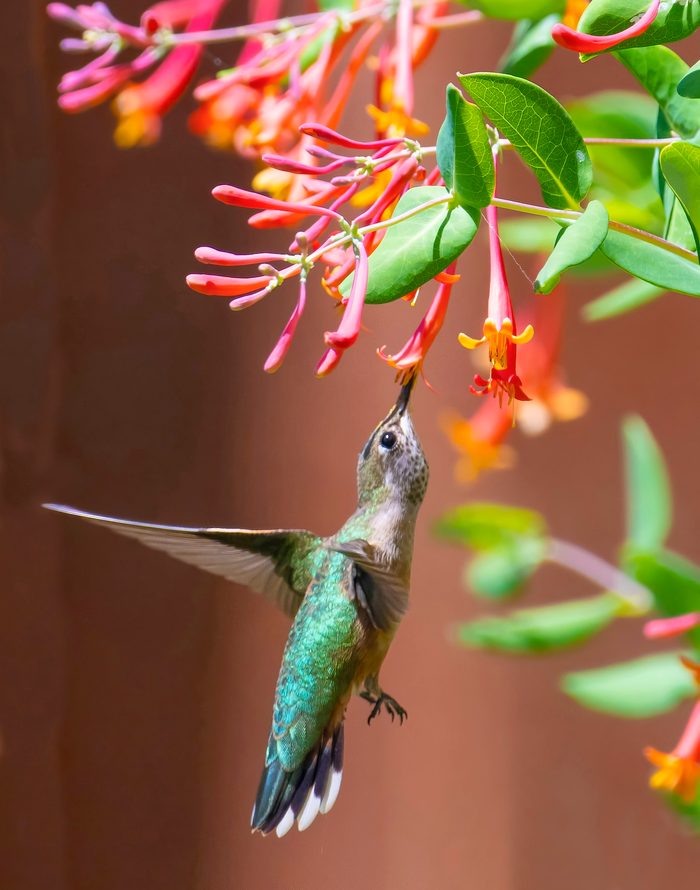
Coral Honeysuckle
Lonicera sempervirens, Zones 4 to 9
A native known for supporting pollinators, coral honeysuckle has tubular flowers that bloom in the spring and summer in a range of sunset colors. Although the plant can handle a little bit of shade, it will bloom more profusely in full sun and rich, well-draining soil.
Why we love it: A lightweight woody vine, honeysuckle can be trained to climb trellises or obelisks for height.
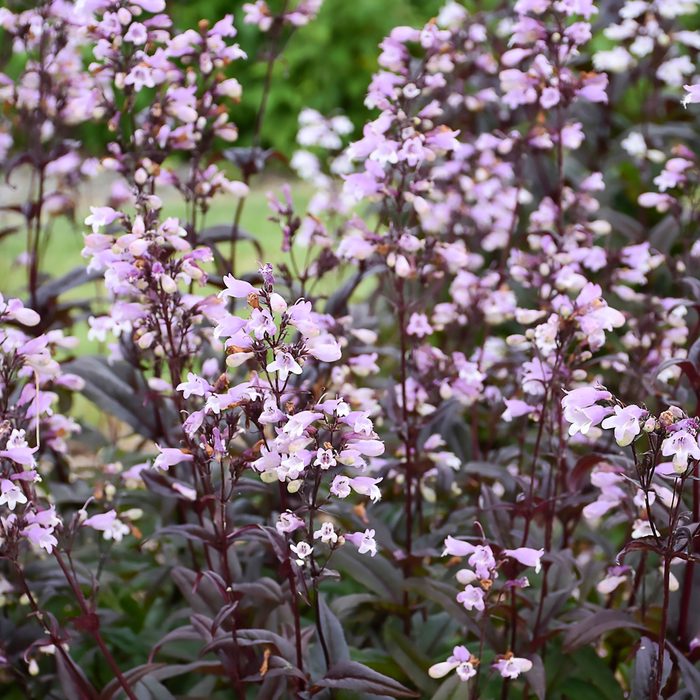
Penstemon
Penstemon Spp., Zones 3 to 9
Some penstemon are natives that thrive in arid conditions and some are brightly colored hybrids that tolerate humid summers. All are perennial, drought-tolerant hummingbird attracting plants that need full sun and well-draining soil. Flowers are spikes of tubular blossoms above green or dark burgundy foliage.
Why we love it: The wide range of colors available offers something for everyone.
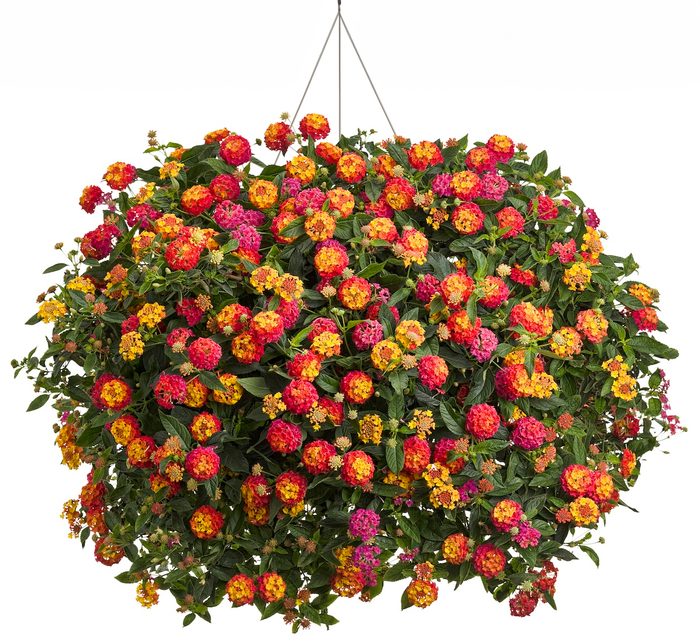
Lantana
Lantana Spp., Zones 8 to 11
A summer blooming tropical, lantana is a northern annual and a southern perennial with clusters of bright flowers that pollinators love. They are excellent in containers, in full sun and well-draining soil. Lantana is invasive in some areas, so be sure to research before planting.
Why we love it: This summer staple offers many options to choose from: compact sizes, trailing shapes and unusual color combos.
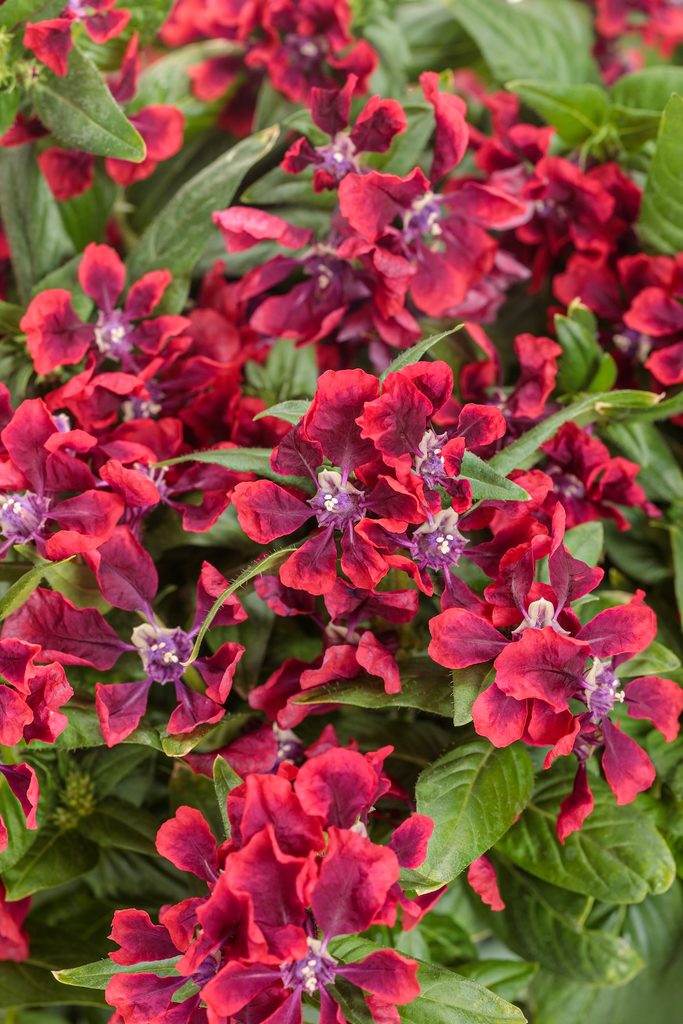
Cuphea
Cuphea Spp., Annual
Tropicals grown as annuals, cupheas bloom in the orange-red-purple color palette. Cupheas attract hummingbirds, butterflies and bees and are tolerant of hot and humid summers. They thrive in full sun and well-draining soil.
Why we love it: Cuphea colors are perfect for the transition from summer to fall.
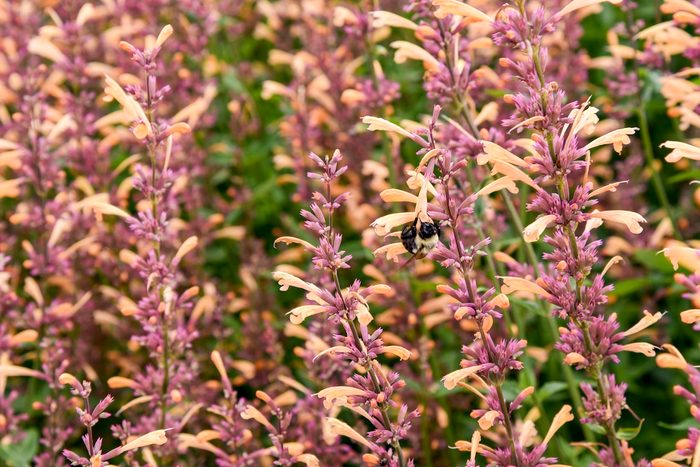
Agastache
Agastache Spp., Zones 4 to 10
A member of the mint family, perennial agastache is a drought-tolerant hummingbird plant that blooms from summer to fall in full sun and well-draining soil. The tubular, two-lipped blossoms grow on stalks above the foliage.
Why we love it: Cultivars come in eye-popping color combos that are easy to love.
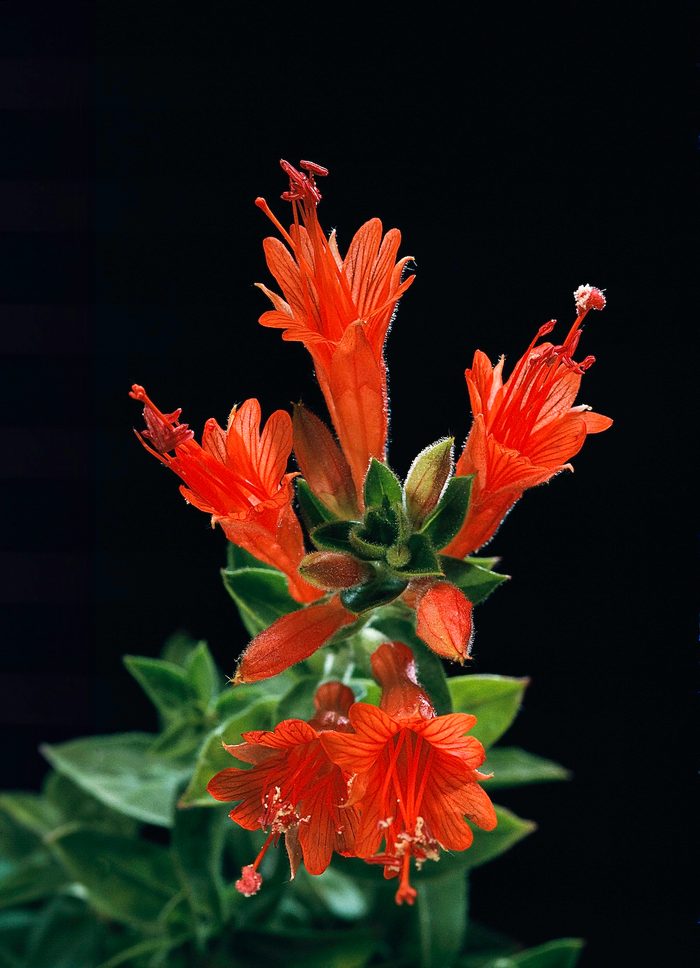
Hummingbird Trumpet
Epilobium canum (formerly Zauschneria), Zones 8 to 10
A fire-resistant native of the west, hummingbird trumpet is a 2-to-3-feet-tall woody perennial subshrub with gray-green foliage. Flowers bloom from summer through autumn, providing nectar for hummingbirds’ southern migration. This low-maintenance xeric plant is very adaptable as long as it is in full sun and well-draining soil.
Why we love it: Well suited for rock gardens, this shrub also cascades nicely over a brick wall or slope.
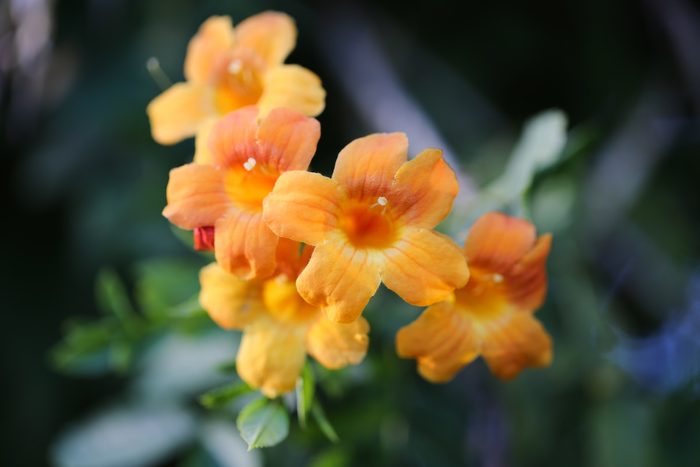
Cross Vine
Bignonia capreolata, Zones 5 to 9
Native cross vine has large trumpet-shaped flowers that bloom in late spring or early summer. It tolerates some shade but prefers full sun and well-draining soil high in organic matter. In the south, it is a drought-resistant evergreen.
Why we love it: Fast-growing cross vine adds vertical interest, softens lines of a building and creates a privacy screen.
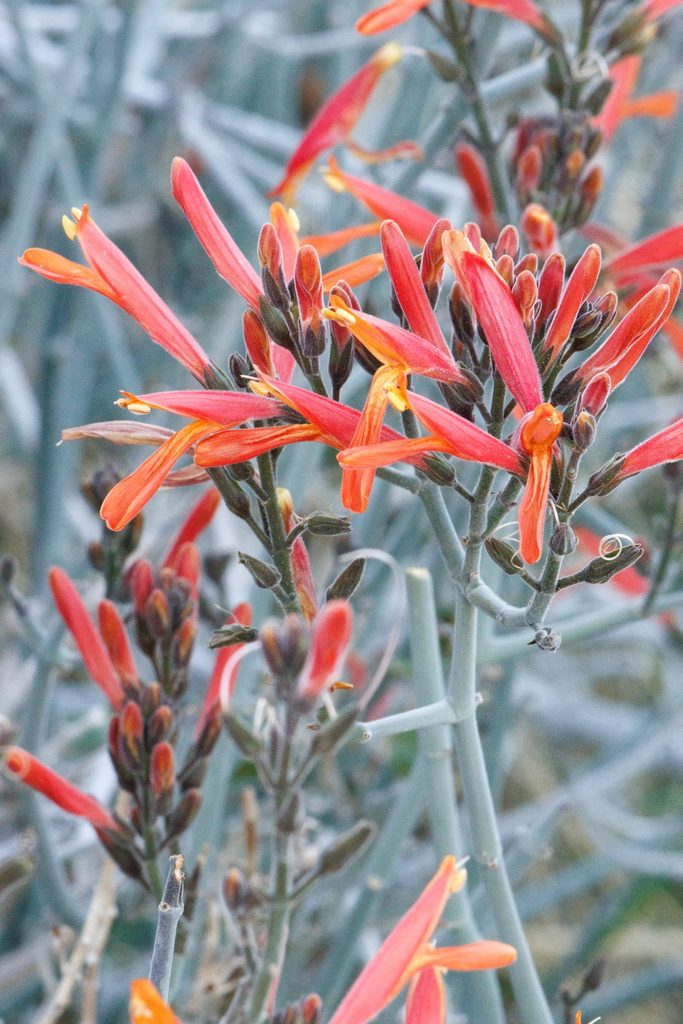
Chuparosa
Justicia californica, Zones 9 to 11
Native to the southwest, chuparosa is a tough desert perennial shrub covered in orange-red tubular flowers. Chuparosa thrives in full sun and well-draining soil, including rocky or sandy soil. The foliage may drop to save moisture, which allows stems to photosynthesize.
Why we love it: Hummingbirds look for drought-tolerant chuparosa plants during their spring migration.
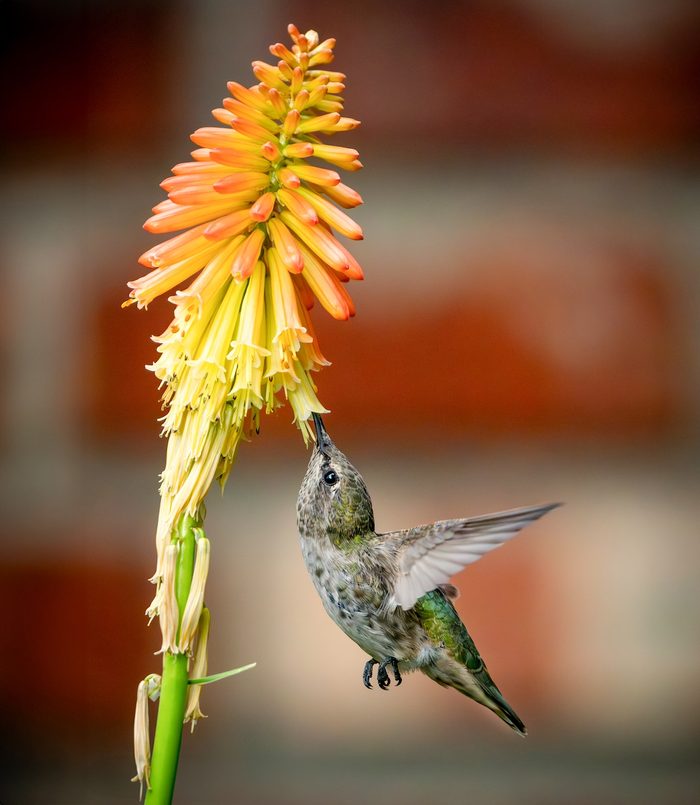
Red Hot Poker
Kniphofia Spp., Zones 5 to 9
These summer blooming focal points grow up to 4 feet tall and require full sun and well-draining soil. Flower heads of compact tubular florets attract butterflies, birds, bees and hummingbirds. Some flower heads are monochromatic in sunset colors, while others can have orange/red florets on top and yellow on the bottom.
Why we love it: Red hot pokers bloom above most plants, so they don’t compete for space.

Salvia
Salvia Spp., Zones 3 to 11
A well-known hummingbird magnet, the salvia family includes many native types and beautiful cultivars. Ranging from annuals to perennials to woody shrubs, salvia blooms from summer through fall. Most are heat tolerant, preferring full sun and well-draining soil.
Why we love it: From containers to beds, there is a salvia for every gardener.
Related:






















